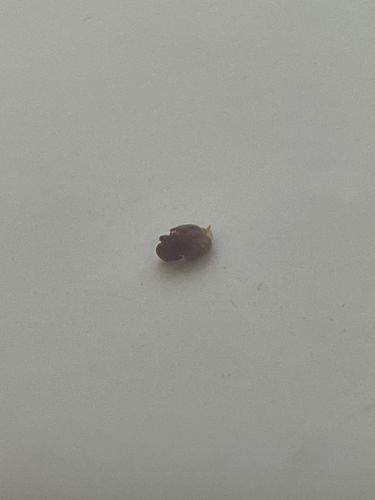Bed Bug
Scientific Name: Cimex lectularius
Order & Family: Hemiptera, Cimicidae
Size: Adult bed bugs are typically 4-5 mm (0.16-0.20 inches) in length, about the size of an apple seed. Nymphs are smaller and translucent.

Natural Habitat
Bed bugs are typically found in human dwellings, especially in bedrooms. They hide in mattresses, box springs, bed frames, headboards, cracks in walls, furniture, and behind wallpaper. They can also hitchhike in luggage, clothing, and used furniture, spreading to new locations.
Diet & Feeding
Bed bugs are blood feeders (hematophagous) and primarily feed on human blood, but can also feed on the blood of other mammals and birds.
Behavior Patterns
Bed bugs are primarily nocturnal, feeding on hosts while they sleep. They are very adept at hiding in cracks and crevices during the day, emerging at night. They are attracted to warmth and carbon dioxide. Their feeding can take 3-12 minutes. Females lay 1-5 eggs per day, up to 200-500 eggs in a lifetime.
Risks & Benefits
Risks: Bed bugs are considered a public health pest. While they are not known to transmit diseases, their bites can cause itchy welts, skin irritation, and allergic reactions in some individuals. Infestations can lead to anxiety, stress, and sleep deprivation. Benefits: No direct benefits to humans or the ecosystem are known; they are primarily a pest.
Identified on: 8/29/2025